Sample information |
|
| Picture |
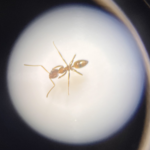
|
|---|---|
| Location | |
| Collection date | 05/10/2024 |
| Captive / Cultivated? | Wild-caught |
| Group | California Academy of Mathematics and Science |
| Observations | The arthropod was observed crawling on the ground when cause. It is roughly 2-4 mm in length, black and brown in color, and has two antennae and six legs. Collection took place around 9:00 am, in 64 degree Fahrenheit weather with overcast skies. The arthropod was collected on a school campus by a pile of leaves. Other arthropods were present in the pile of leaves, but were not collected. |
| Putative identification | Arthropoda Insecta Hymenoptera Formicidae Linepithema Linepithema humile |
Methods |
|
| Extraction kit | DNeasy (Qiagen) |
| DNA extraction location | Whole arthropod |
| Single or Duplex PCR | Duplex Reaction |
| Gel electrophoresis system | Standard electrophoresis system |
| Buffer | TAE |
| DNA stain | UView |
| Gel images |
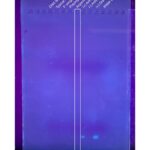
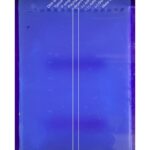
|
| Protocol notes | Wolbachia Gel Electrophoresis Lanes: Lanes 1-3 – Empty Lane 4 – DNA ladder Lane 5 – Winged arthropod 1 (Typical mosquito) Lane 6 – Winged arthropod 2 (F-winged barklouse) Lane 7 – Wingless arthropod 1 (Praying mantis) Lane 8 – Wingless arthropod 2 (Argentine ant) Lane 9 – (+) Arthropod control Lane 10 – (-) Arthropod control Lane 11 – (+) DNA control Lane 12 – Water control Wolbachia Gel Electrophoresis Analysis: Both the arthropod and DNA controls worked, meaning DNA extraction, Wolbachia PCR, and the Wolbachia gel electrophoresis were successful. Lane 8, containing the Argentine ant DNA sample did not show any bands, meaning Wolbachia was not present in the arthropod. Arthropod Gel Electrophoresis Lanes: Lanes 1-3 – Empty Lane 4 – DNA ladder Lane 5 – Winged arthropod 1 (Typical mosquito) Lane 6 – Winged arthropod 2 (F-winged barklouse) Lane 7 – Wingless arthropod 1 (Praying mantis) Lane 8 – Wingless arthropod 2 (Argentine ant) Lane 9 – (+) Arthropod control Lane 10 – (-) Arthropod control Lane 11 – (+) DNA control Lane 12 – Water control Arthropod Gel Electrophoresis Analysis: Only the DNA ladder showed banding. None of the samples or the positive controls showed bands, meaning an error was made in the procedure. The Wolbachia yielded expected control results, so DNA extraction and Wolbachia PCR were likely successful. An error was mostly likely made during arthropod PCR, since the arthropod gel electrophoresis was successful (since the DNA ladder was correctly visualized). |
Results |
|
| Wolbachia presence | No |
| Confidence level | Medium |
| Explanation of confidence level | No unexpected bands were viewed during observation, and the arthropod and DNA controls worked as expected. However, the arthropod gel did not yield the expected results, meaning an error was likely made during the arthropod PCR. Although the Wolbachia results were valid, since the arthropod results were not, it can not be concluded with complete certainty that this arthropod was not infected with Wolbachia. |
| Wolbachia 16S sequence | |
| Arthropod COI sequence |
|
| Summary | The Linepithema humile was found to be negative for Wolbachia. |
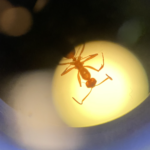 Formica Pallidefulva
Formica Pallidefulva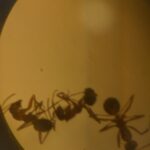 Formica Pallidefulva
Formica Pallidefulva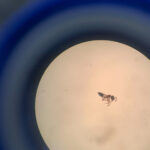 Ant
Ant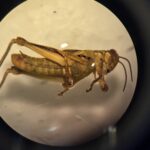 Differential Grasshopper – Melanoplus differentialis
Differential Grasshopper – Melanoplus differentialis Pill Bug (Armadillidium vulgare) – Draft
Pill Bug (Armadillidium vulgare) – Draft